
Visiting a cemetery may not be the first thing that springs to mind when you think of Paris, but Père Lachaise Cemetery is so extraordinary that it has become a must-see attraction in its own right. With its intriguing blend of history, art, and culture, it offers a journey through time like no other. Established in 1804 as part of Napoleon Bonaparte’s reforms to relocate cemeteries outside the crowded city, Père Lachaise has since evolved into an open-air museum of memory, where the graves of legendary figures and unique monuments stand as silent witnesses to the past.
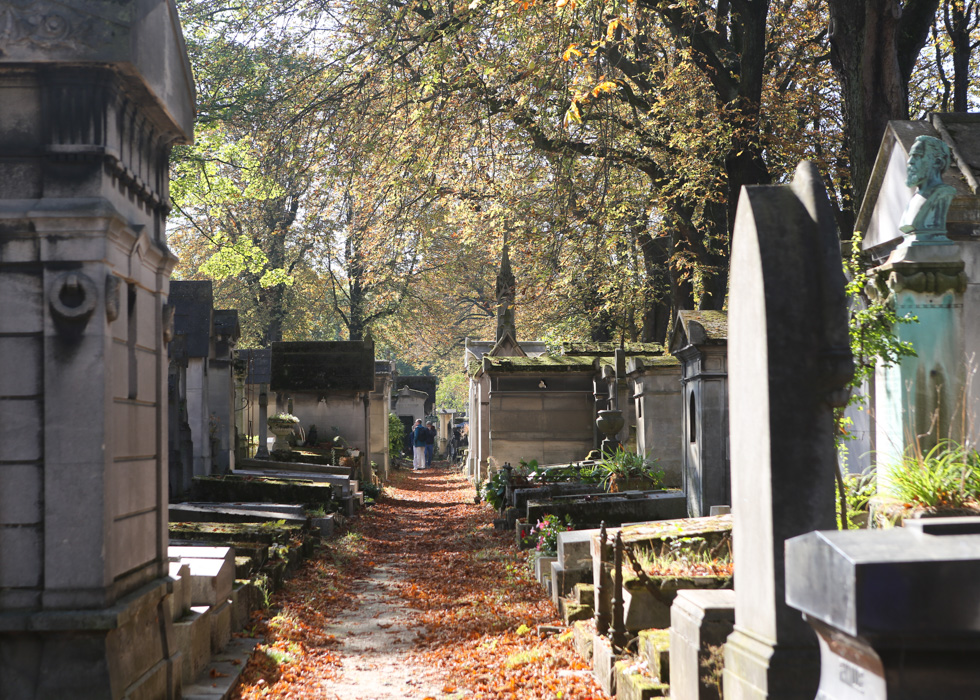
Spanning 110 acres and holding the remains of over one million people, Père Lachaise Cemetery is both vast and deeply historical. Despite being frequently visited by families, tourists, the curious, and even artists sketching among the graves, it remains one of the most peaceful places in Paris, offering a tranquil and contemplative atmosphere amidst the bustling city.
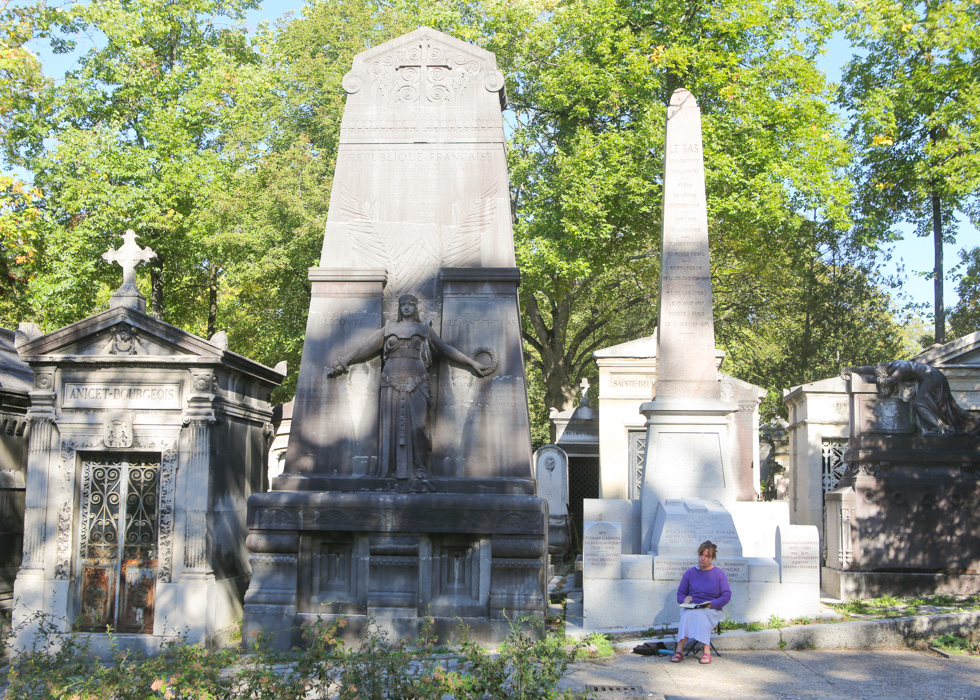
Père Lachaise isn’t just a resting place: it’s a canvas for artistic expression. Many of the graves are masterpieces in their own right, commissioned by grieving families who enlisted renowned sculptors and architects to create elaborate tombs. From classical and Gothic styles to avant-garde and modernist designs, the graves reflect the artistic and cultural shifts of each era, offering a fascinating visual narrative of changing tastes.
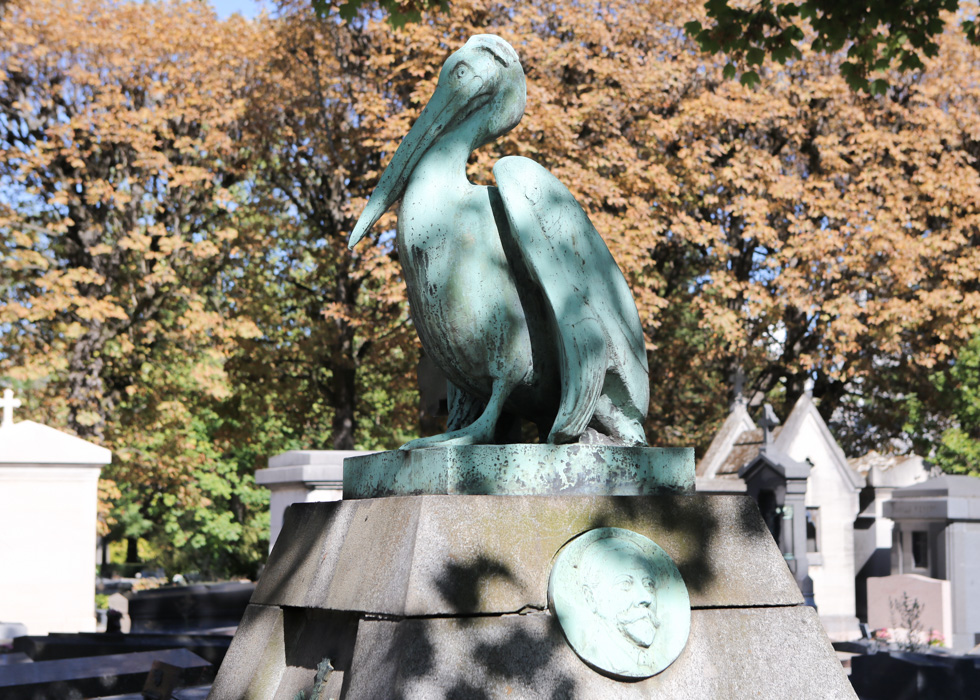
The cemetery is also a sanctuary of nature amidst the hustle of the city, with towering trees—some over a century old—and a variety of wildlife calling it home. In spring, vibrant blooms adorn the graves, while in autumn, the paths are covered in a blanket of golden leaves, turning the cemetery into a peaceful and unexpectedly beautiful escape from urban life.
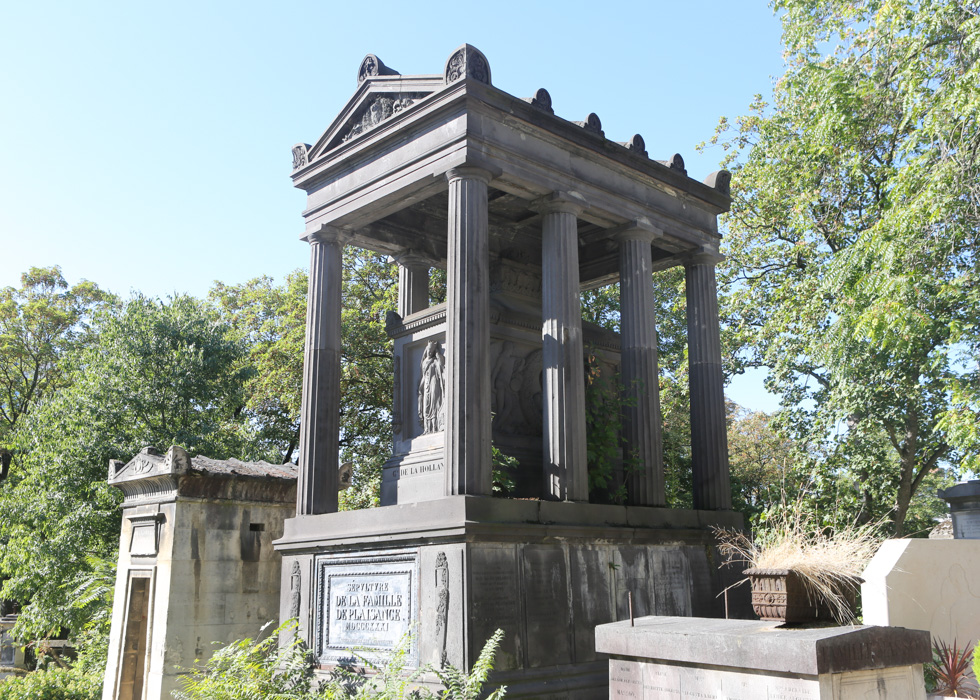
Père Lachaise Cemetery is not only the final resting place for numerous iconic French figures but also a few renowned international celebrities. Beyond these famous personalities, certain lesser-known graves have gained fame over time for unique and intriguing reasons. We'll introduce you to some of these remarkable or renowned graves.
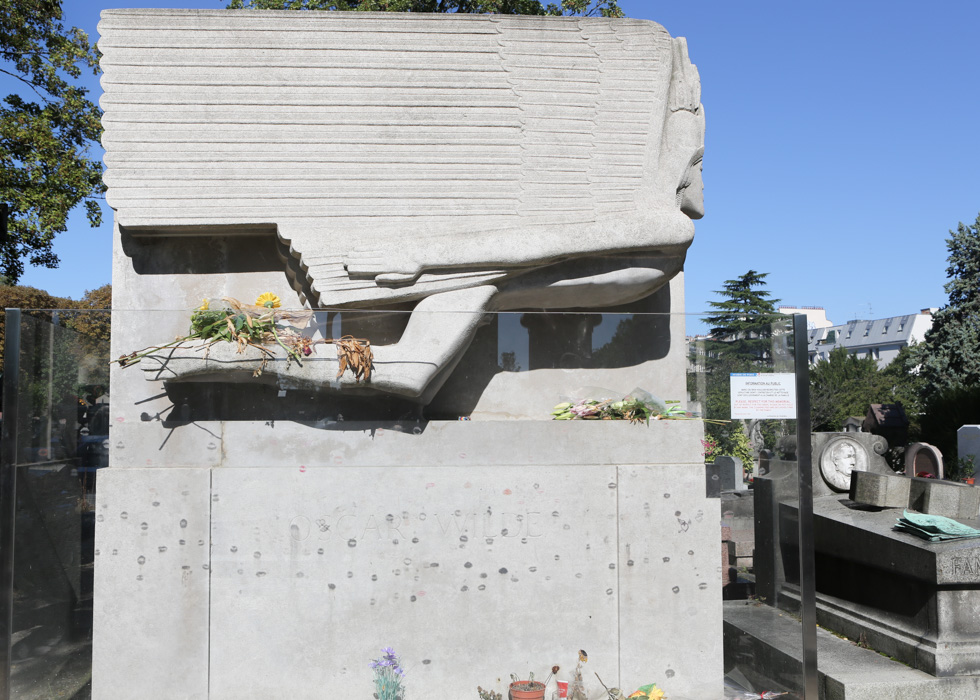
The tomb of Oscar Wilde, the renowned Irish playwright, poet, and author, is one of the most visited in Père Lachaise Cemetery. Designed by sculptor Jacob Epstein in 1914, the tomb features a large, winged figure that captures visitors' attention. However, what stands out the most is that Wilde’s grave has become a pilgrimage site for fans, who often leave lipstick kisses on the glass barrier surrounding the tomb. This protective glass was installed to prevent direct contact, as fans used to kiss the tomb before it was put in place!
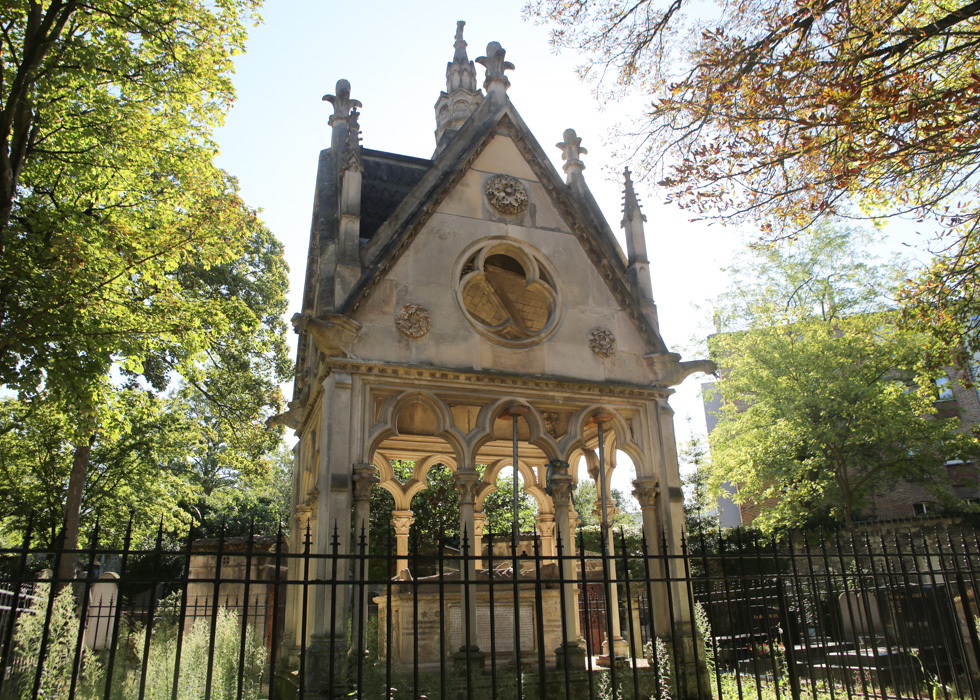
Héloïse and Abelard are one of history’s most poignant and enduring love stories. In 12th-century France, Pierre Abelard, a brilliant philosopher and theologian, and Héloïse, an equally gifted scholar, defied the rigid social and religious norms of their time to pursue a deep and passionate relationship. Their forbidden love led to a secret marriage, scandal, and eventually, a heartbreaking separation, with Abelard becoming a monk and Héloïse entering a convent. Despite the distance, they remained connected through a series of tender and philosophical letters. Their gothic-style tomb, built in 1817 like a small chapel, finally united their remains after nearly 700 years, symbolizing the enduring strength of love in the face of overwhelming adversity.
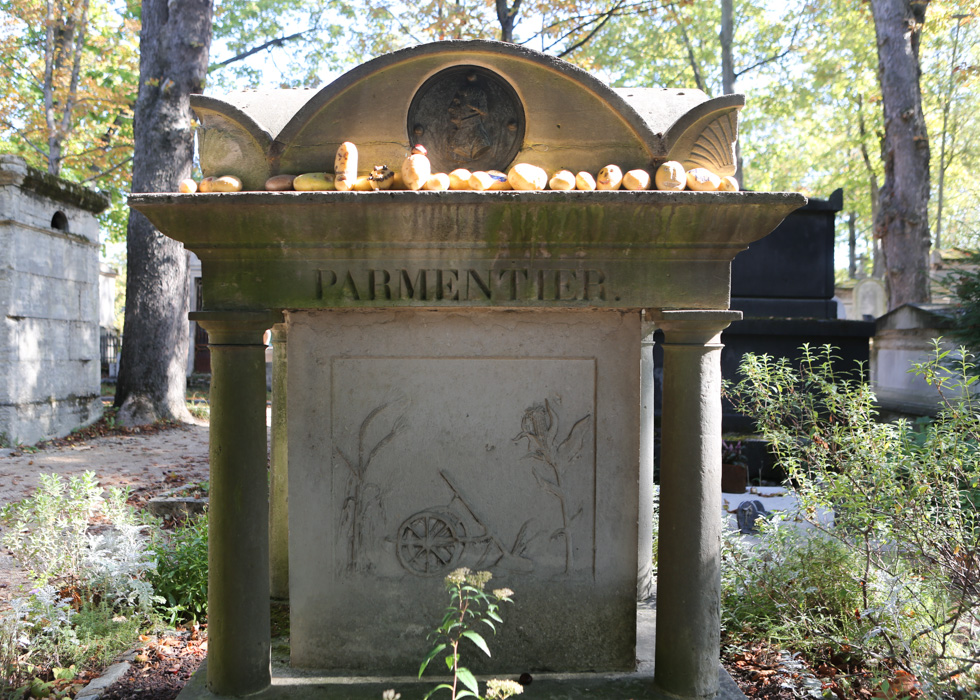
Parmentier was a French agronomist and nutritionist best remembered for popularizing the potato in France during the late 18th century, a time when this new food from America was viewed with suspicion. His tireless efforts to promote the potato as a nutritious and affordable food helped shift public opinion, playing a crucial role in addressing food shortages and improving the diet of the French population. As a tribute to his legacy, some visitors leave potatoes on his grave.
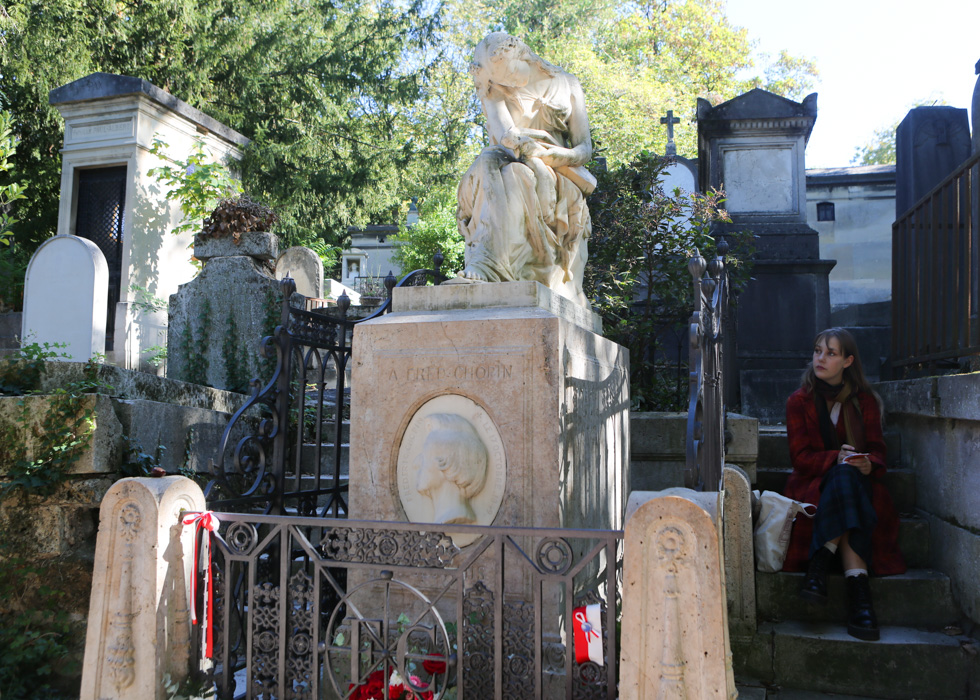
Another must-see is Frédéric Chopin’s grave, adorned with a poignant sculpture of the muse Euterpe weeping over a broken lyre, a powerful symbol of the French-Polish composer’s brilliant yet tragically short life.
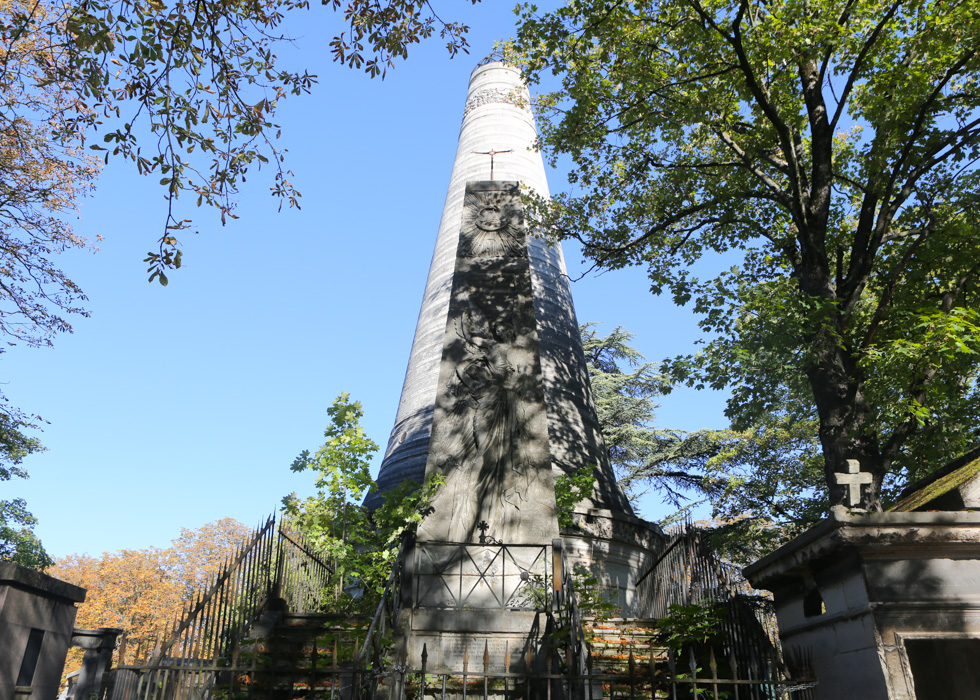
Félix de Beaujour, a French diplomat and historian, is commemorated with an imposing tomb that stands out in Père Lachaise Cemetery. The towering column, crowned with a funerary urn, gives the monument a distinctly classical aesthetic, reflecting Beaujour’s deep admiration for antiquity and adding an air of grandeur to the surrounding landscape.
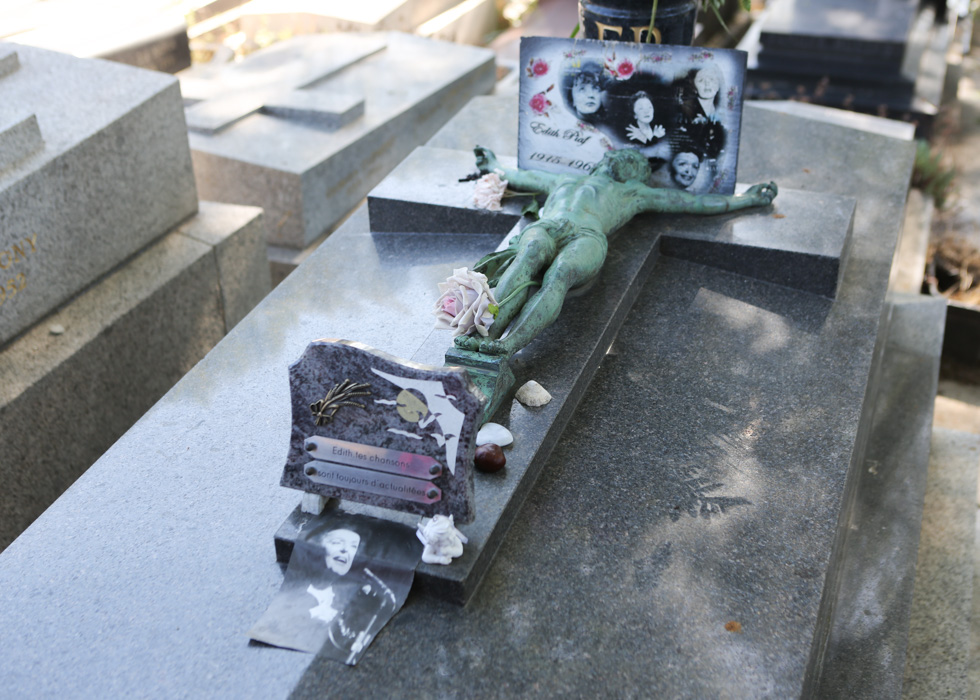
Édith Piaf, the world-famous French singer renowned for her soulful voice and iconic songs like "La Vie en Rose" and "Non, Je Ne Regrette Rien", rests in a simple yet poignant grave, a fitting tribute to her humble beginnings. Despite her global fame, the modesty of her final resting place reflects the profound connection she maintained with her roots throughout her life.
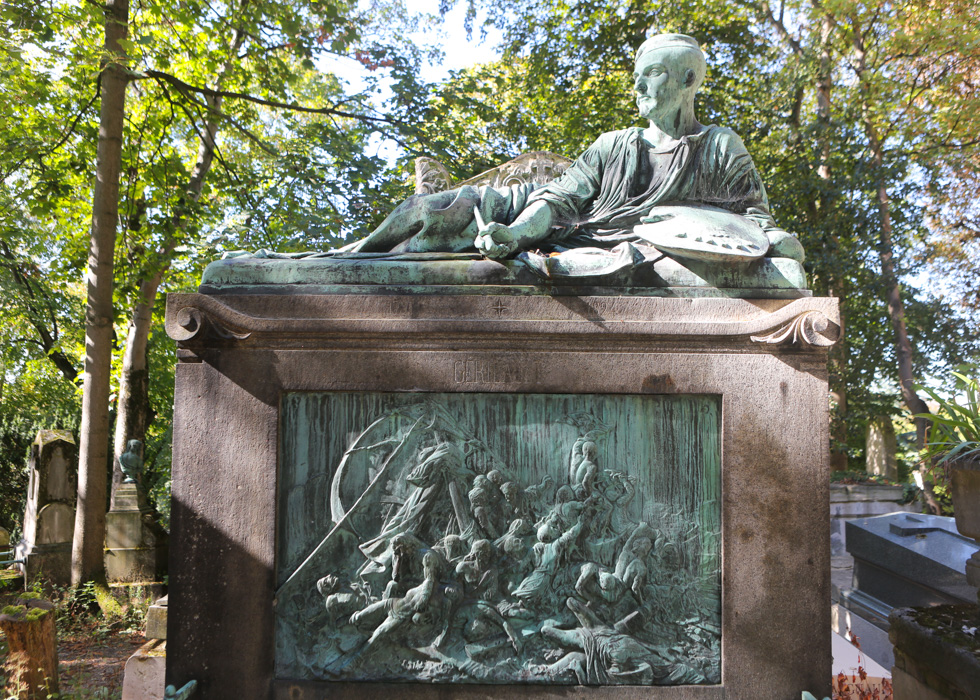
Théodore Géricault, a trailblazing French Romantic painter, is best remembered for his dramatic and emotionally intense masterpiece The Raft of the Medusa. His grave at Père Lachaise reflects his artistic spirit, depicting him in a thoughtful pose, seemingly in search of inspiration. The monument also features a relief of his most famous painting,
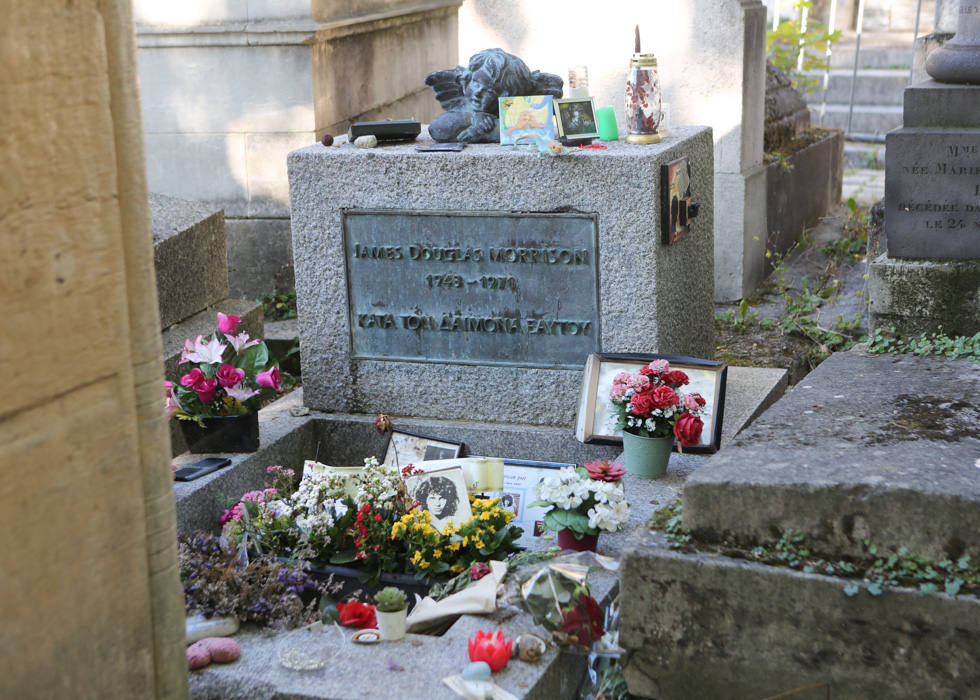
The iconic American lead singer of The Doors, Jim Morrison, passed away in Paris in 1971, and his tomb has since that time been the most visited in Père Lachaise Cemetery. Morrison's grave is frequently adorned with offerings from fans, highlighting his enduring impact on modern music and culture.
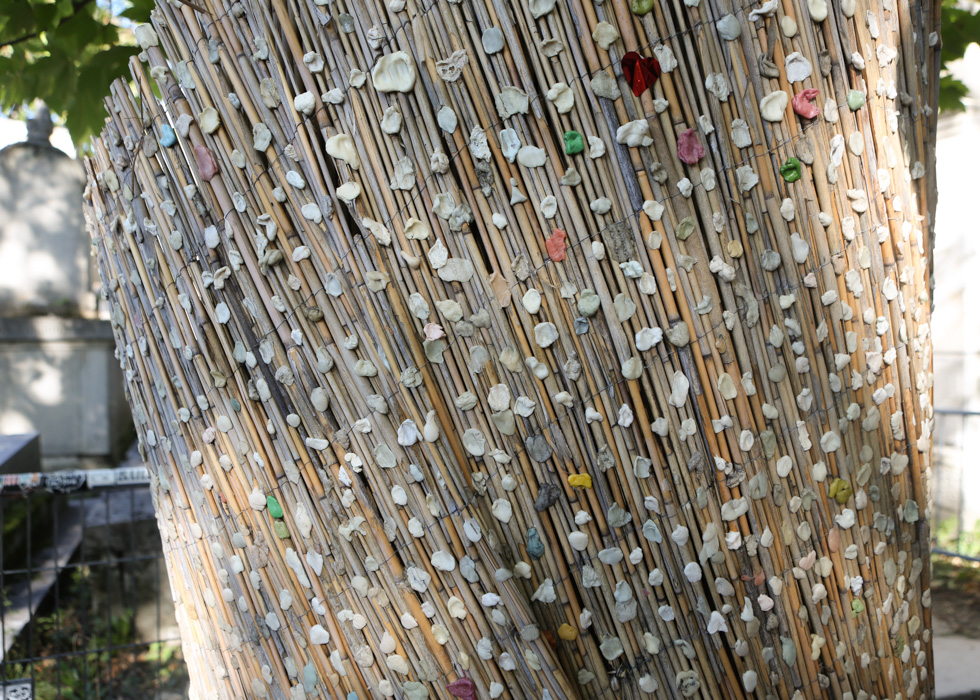
Some fans even engage in unusual rituals, such as leaving used chewing gum near his grave, adding to the sense of mystique and devotion that surrounds his final resting place.
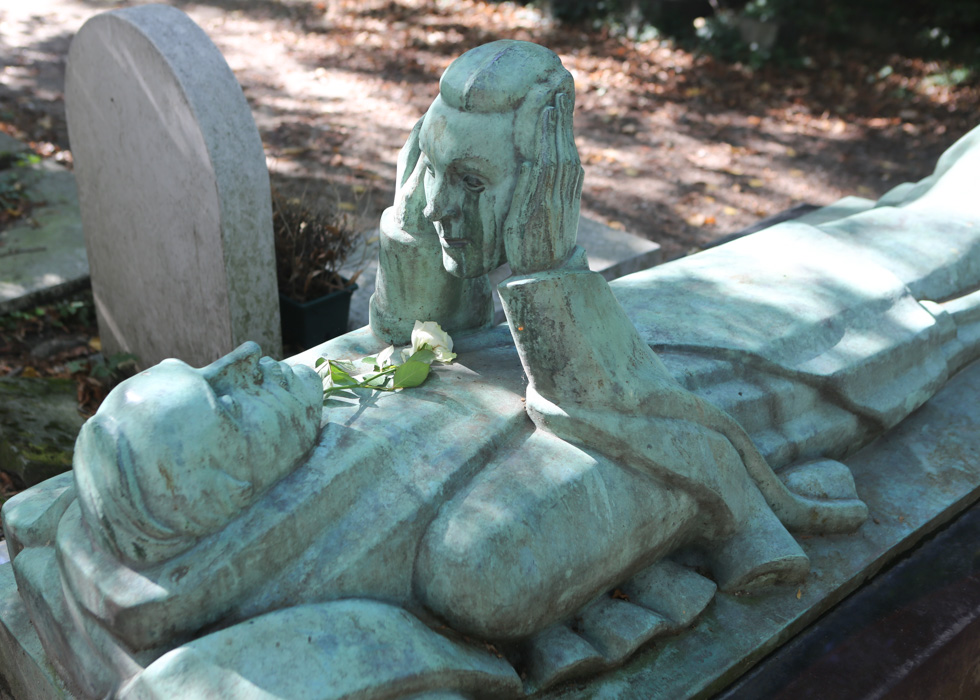
Fernand Arbelot, a French actor and musician, has a tomb with a life-sized sculpture of a man gently cradling the mask-like face of his wife. This evocative piece symbolizes Arbelot’s profound desire to gaze upon his beloved’s face for all eternity, even in death, capturing a poignant expression of eternal love and devotion.
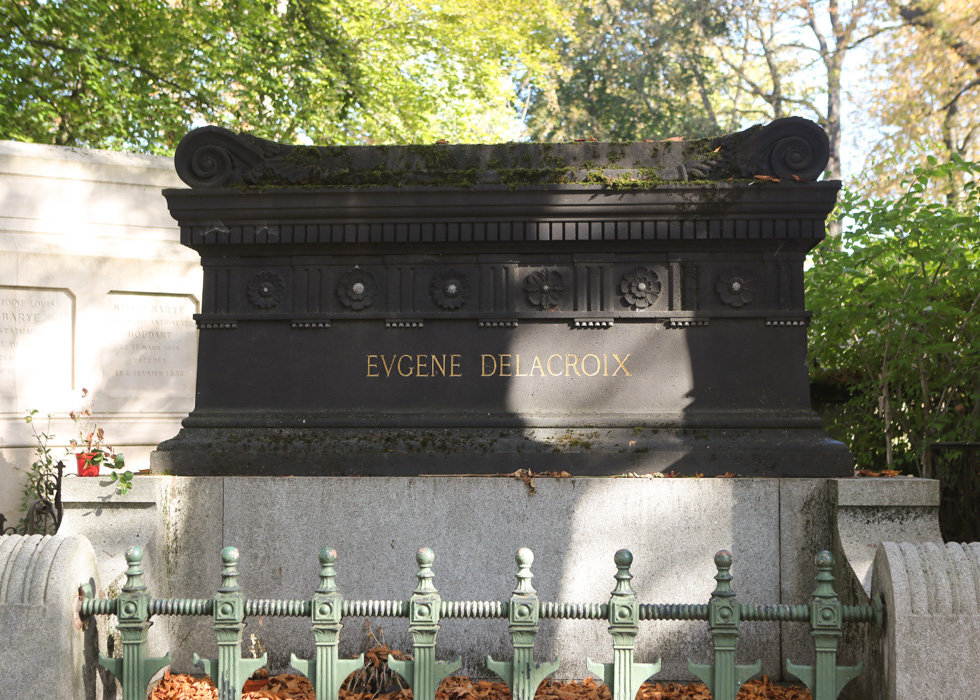
Eugène Delacroix, a renowned French Romantic painter, was celebrated for his bold use of color and dynamic compositions, as seen in works like Liberty Leading the People, which vividly capture intense emotion and revolutionary themes. Paradoxically, despite his dramatic artistic style, Delacroix chose a simple, classical tomb for his final resting place: a reproduction of an ancient design made from dark lava stone.
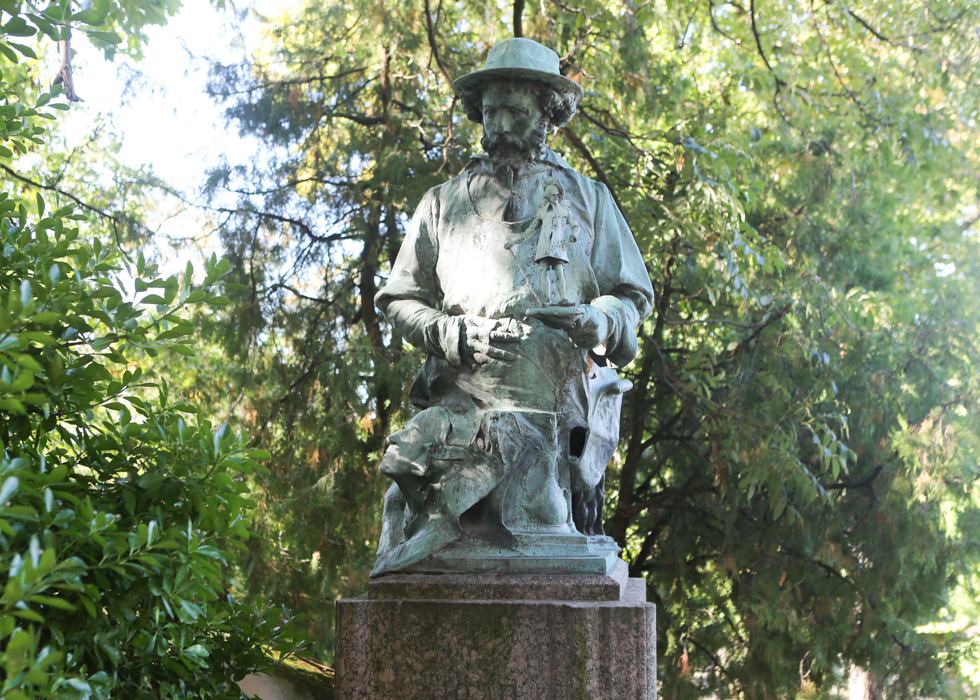
Carriès was a French sculptor and ceramist. He rests beneath a life-sized bronze statue, a self-portrait holding a small statuette, crafted and signed by the artist himself.
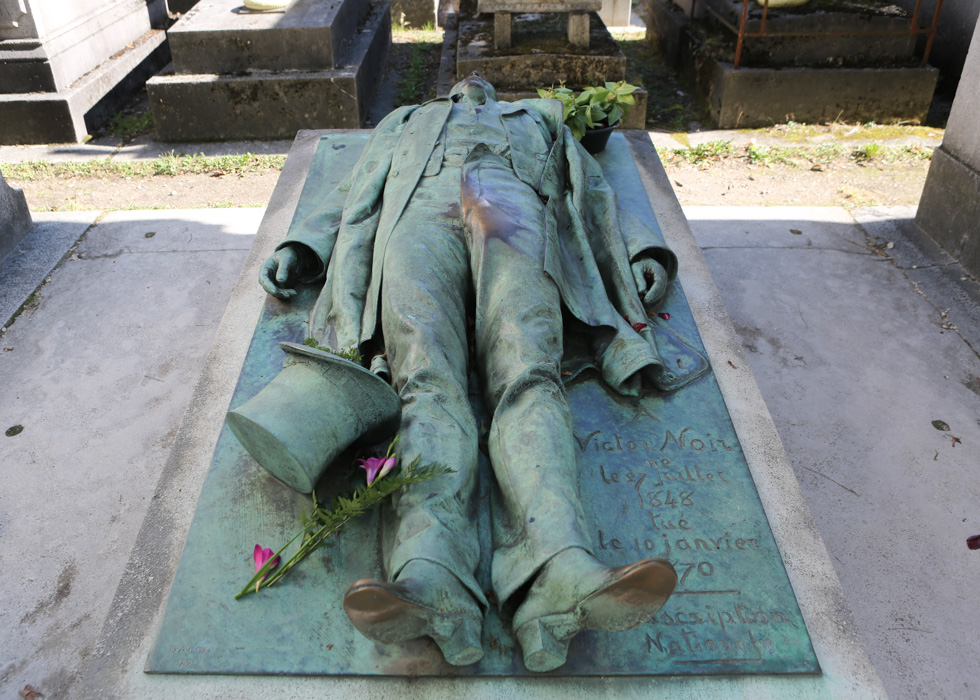
Victor Noir’s grave in Père Lachaise Cemetery is one of its most unique and frequently visited monuments. This French journalist, became a symbol of political martyrdom after he was shot and killed in 1870 by Prince Pierre Bonaparte, a relative of Napoleon III. His bronze tomb depicts him as he lay at the moment of his death. Over the years, the sculpture has become linked to a fertility legend, with visitors (particularly women) rubbing a specific area of the statue, believing it brings fertility, love, or romantic luck. The frequent touching has left the statue’s lower half with a distinctive shiny, polished appearance…
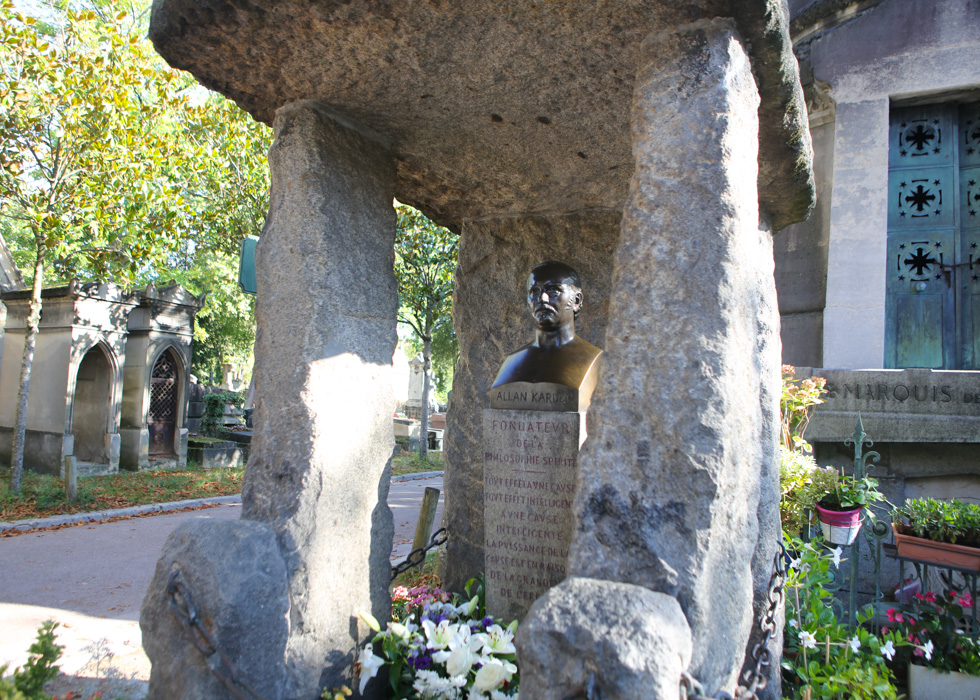
Allan Kardec, born in 1804, was the founder of Spiritism, a philosophical and religious movement that explores the nature of spirits and their relationship with the material world. His tomb is a significant pilgrimage site for followers of Spiritism. It features a large Dolmen-style monument with a bust of Kardec, surrounded by engraved inscriptions reflecting Spiritist beliefs, including phrases about immortality and reincarnation.
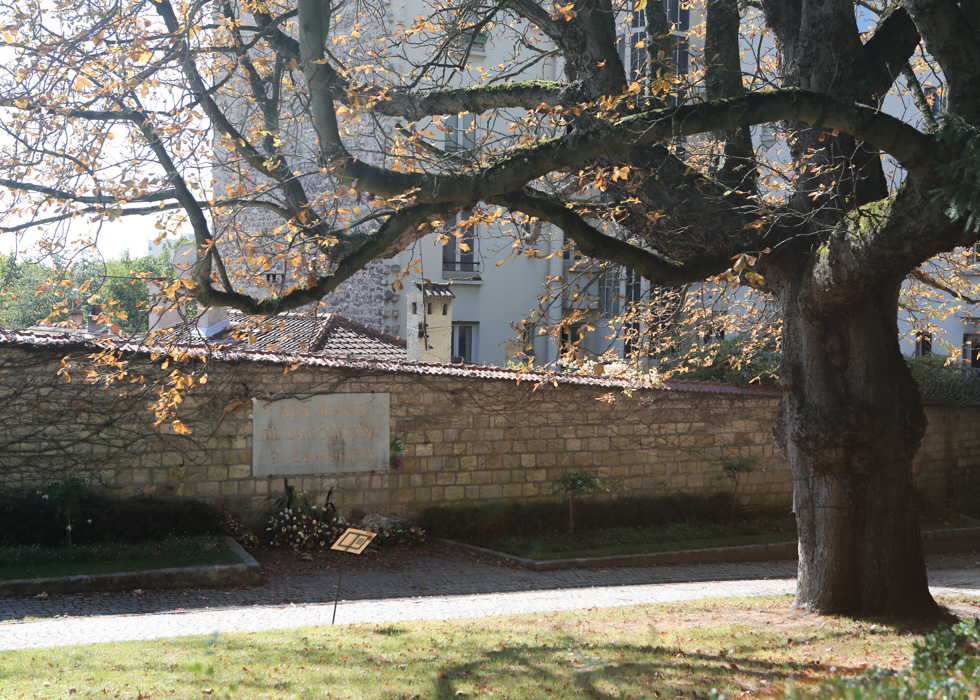
The Mur des Fédérés (Wall of the Federates) is a deeply poignant site, marking the location where 147 "Communards" were executed at the end of the Paris Commune in 1871. Over time, the wall has become a powerful symbol of resistance and martyrdom, drawing political activists and historians alike who seek to honor the legacy of those who fought for their ideals.
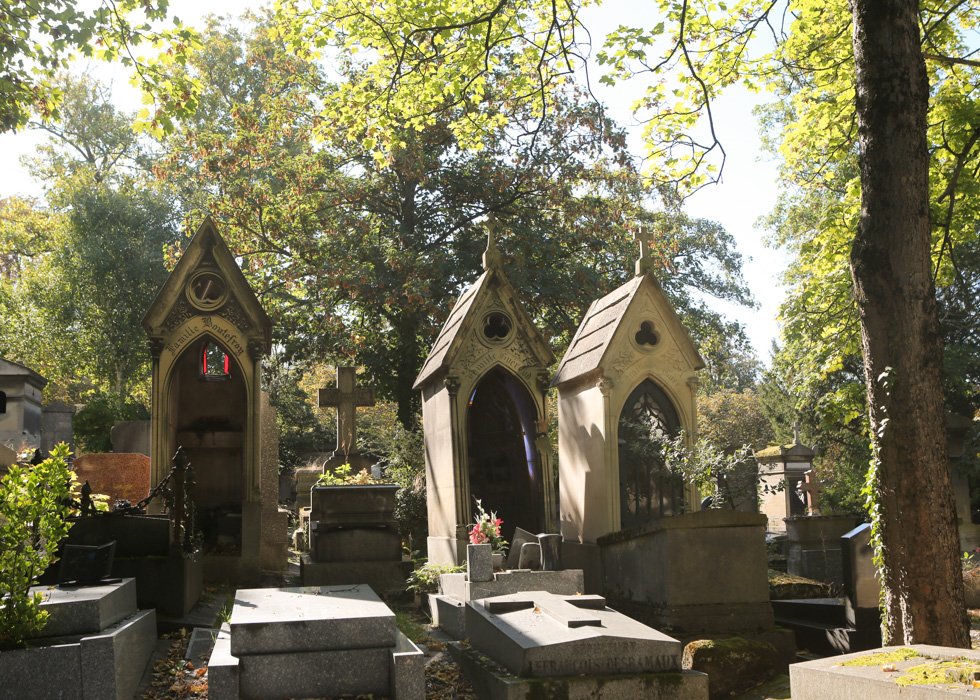
Beyond the famous graves, take a moment to notice the rows of neglected tombs, overgrown with ivy or slowly crumbling with time. These weathered graves, often marked only by a simple nameplate or cross, offer a poignant contrast to the grandeur found elsewhere in the cemetery. They serve as quiet reminders of the fleeting nature of memory and legacy, emphasizing the passage of time and the delicate balance between remembrance and forgetfulness.
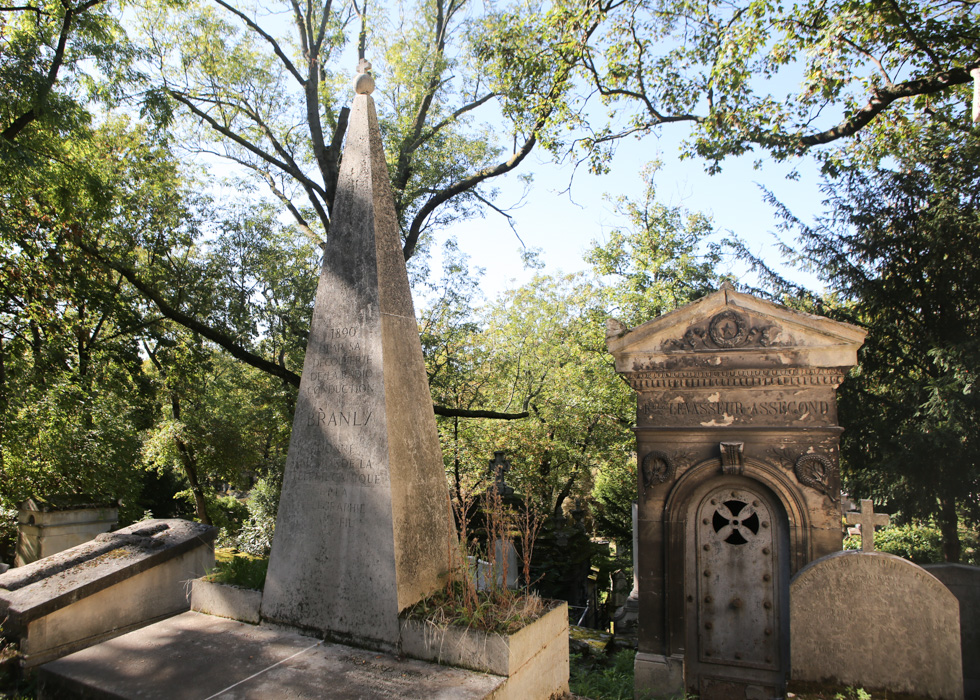
Père Lachaise Cemetery is located on the right bank of Paris, in the 20th arrondissement, not far from the iconic Place de la Bastille. As the largest cemetery in Paris, it spans an impressive area. There are five entrances, with the main gate situated at the intersection of Boulevard de Ménilmontant and Rue de la Roquette. For convenience, public toilets are available at the Main Gate (Porte Principale), Porte du Repos, and Porte Gambetta.
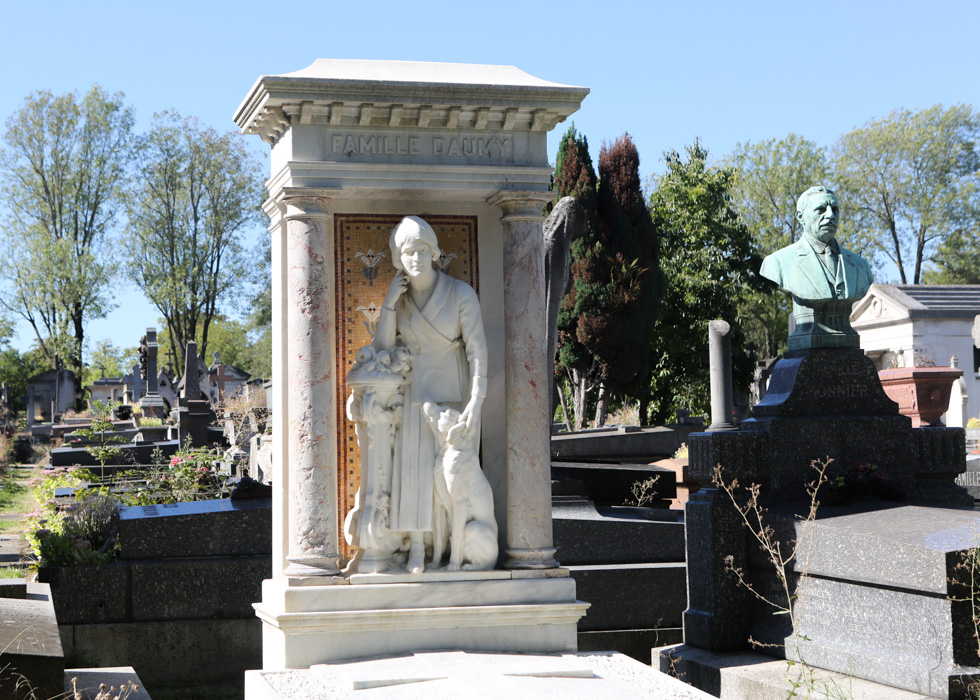
Opening Hours: The cemetery is open daily, from 8:00 AM to 6:00 PM in summer and 8:00 AM to 5:30 PM in winter. On Saturdays, it opens slightly later at 8:30 AM, and on Sundays and public holidays, it opens at 9:00 AM. Be sure to check the official website for any seasonal changes to these hours.
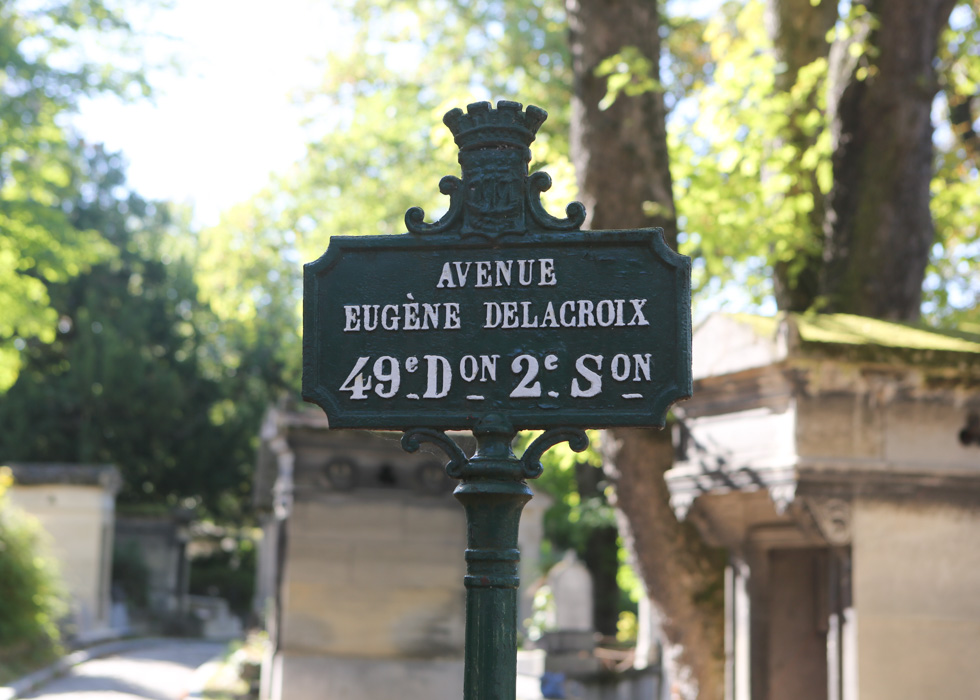
Navigating the Cemetery: Given its vast size, Père Lachaise feels like a city in itself, complete with streets and avenues. There are several maps available at the main gates to help you navigate, but it’s highly recommended to use a map to avoid getting lost. You can download a free map here.
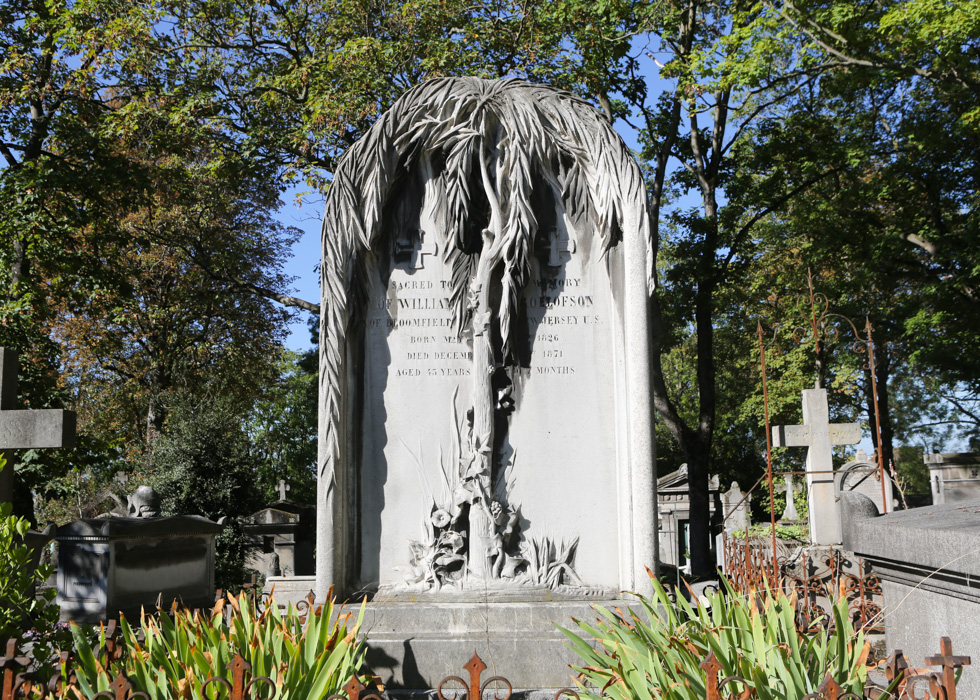
How to Get There: Metro Line 2: Get off at Philippe Auguste station, just steps away from the main entrance of the cemetery. Metro Line 3: You can alight at either Père Lachaise station, near the eastern entrance, or Gambetta station for access to the northern gate. Starting at Gambetta allows you to explore the cemetery from the upper section and walk downhill.
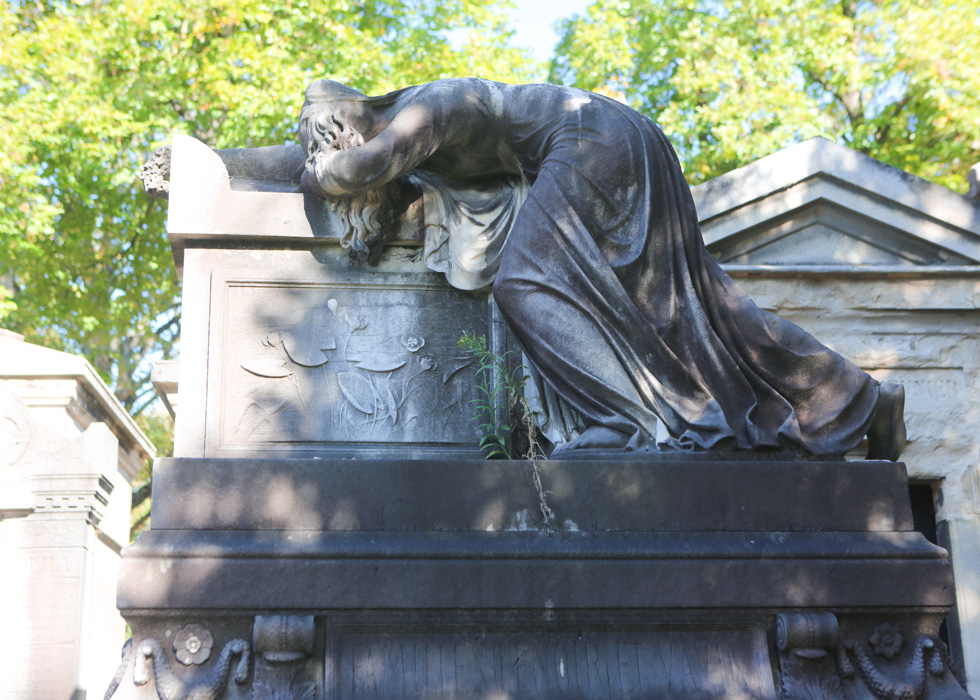
Of course, as it is a cemetery, basic etiquette is expected: keep noise to a minimum, avoid laughing or shouting, refrain from eating, and be respectful by not walking on the graves.
Author and photos: Vincent Sacau